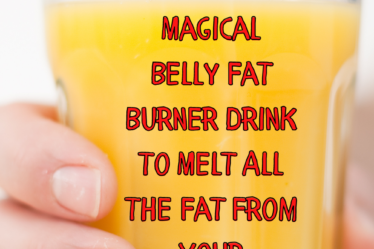The level of blood sugar in the body indicates the amount of glucose in the blood, which is a type of sugar that is the main source of energy for the body.
We consume glucose from food and it is distributed to all cells in the body.
Hyperglycemia (blood sugar) or, technically, hyperglycemia, occurs when the body cannot use glucose properly (type 2 diabetes) or has insufficient amounts of it (type 1 diabetes).
If this condition lasts longer, for example for months and years, it will permanently damage parts of the body including the kidneys, blood vessels, nerves, and eyes.
In people with diabetes, blood sugar levels can be increased due to a variety of different factors, including:
overtreat an episode of hypoglycemia (low blood sugar)
missing a dose or taking the wrong dose of diabetes medicine
a lack of exercise
stress
an illness, like a common cold
dehydration
overeating, such as snacking between meals
certain medications, such as steroids
Additionally, children and young adults may also experience occasional episodes of hyperglycemia during growth spurts.
Symptoms of hyperglycemia
High blood sugar doesn’t necessarily mean you have diabetes, as high blood sugar is a symptom of diabetes.
In some cases, people with high blood sugar do not have any signs of the disease.
However, here are the most common symptoms of high blood sugar:
Frequent urination and / or nighttime urination
Blurred vision
Difficulty concentrating
Dry mouth
Incapacity
Recurrent infections
Slow healing of cuts and wounds
Stomach problems
Constant fatigue or extreme fatigue
Increased thirst
Dry and itchy skin
Constant hunger
Excess abdominal fat / weight gain
Nervous problems
Reduce blood sugar levels with glycemic foods
The glycemic index or simple GI indicates a number of carbohydrates in foods that increase blood sugar levels, and it can range from 0 to 100.
High GI ingredients are processed much faster than low GI foods, so consuming the latter will lower insulin levels. Moreover, these foods are also beneficial for losing extra weight.
The following list includes foods with their glycemic index:
Low GI foods
(Foods with a GI between 0 and 54 are low GI foods. You should eat them daily.)
One egg – 0
One cup of hummus equals – 6
One cup of broccoli – 10
One medium-sized yellow onion – 10
One cup of nuts – 15
A cup of cherries – 22
One cup of cashew nuts – 22
A cup of yogurt – 23
Turkey sausage – 28
A cup of kidney beans – 31
One cup of butter beans – 34
8 ounces of tomato juice – 38
One medium sized apple – 38
A cup of spaghetti – 42
A cup of green grapes – 46
Eight ounces of pineapple juice – 46
A large carrot – 47
One medium orange – 48
A large grapefruit – 50
One big banana – 52
A cup of peas – 54
Moderate GI foods
(Foods with a GI between 55 and 69 are considered moderate GI foods, so you should eat them in moderate amounts)
One cup of brown rice – 55
A tablespoon of raw honey – 55
A cup of oatmeal – 58
One cup of regular white rice – 64
One serving of mac and cheese – 64
High GI foods
(High Gi foods are between 70 and 100 on the scale, and consuming them regularly causes a variety of serious health problems. It is strongly recommended that you avoid these foods)
A slice of plain white bread – 70
2 cups of popcorn – 72
One donut (glazed) – 76
Rice cake – 78
One medium baked potato – 85
A portion of corn flakes – 92
50 grams of glucose – 100
Our diet significantly affects our general health, especially blood sugar levels. Therefore, if you experience these symptoms of high blood sugar, you should change your diet and try to maintain a healthy balance naturally, before it causes further complications.

